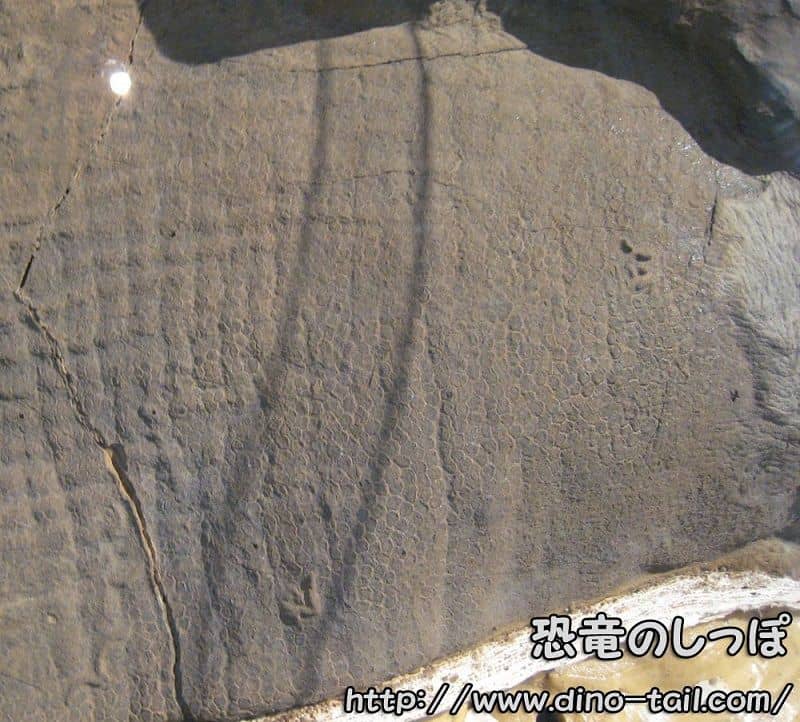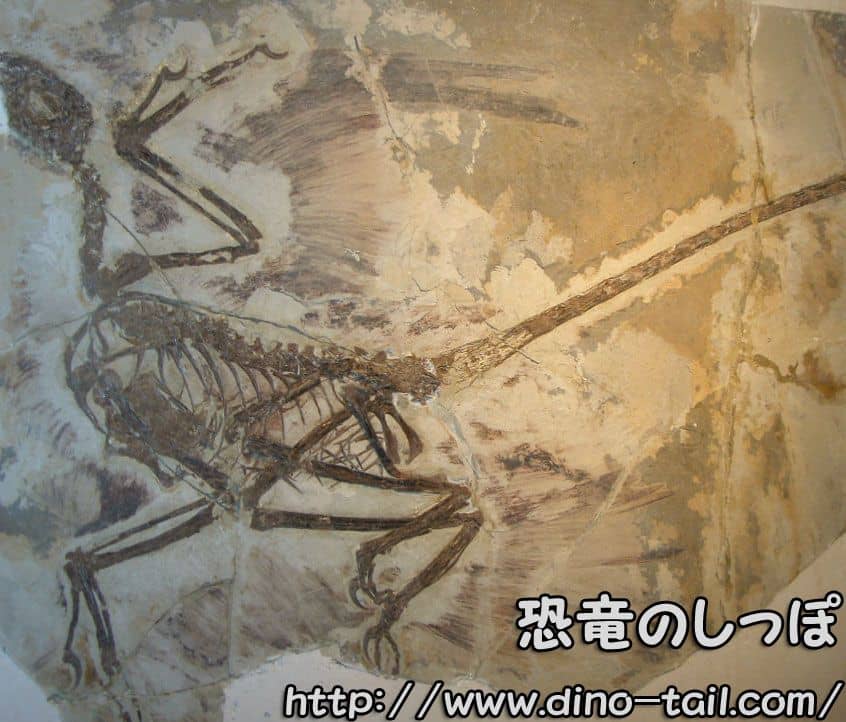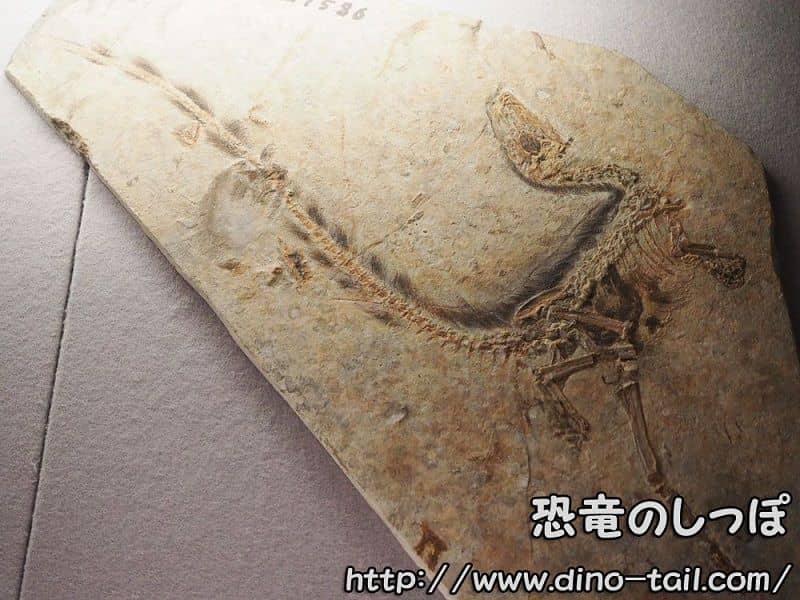Scales and Feathers
Many impression fossils of dinosaur skin have been discovered, and they can be broadly divided into two types.

One type is covered in scales. These were not overlapping scales like those of snakes or fish, but rather granular skin with various small and large bumps, similar to modern monitor lizards.
Even among "scaly-skinned" dinosaurs, not all were the same. The Late Cretaceous carnivorous dinosaur
Carnotaurus
, for which skin impressions of the entire body have been found, is known to have had very distinctive skin.
Its skin had a unique structure: a base of small, round scales about 5mm in diameter arranged like a mosaic, with large, cone-shaped scales (osteoderms) 4-5cm in diameter scattered irregularly on top. These larger scales were particularly numerous on its back and sides and may have served as armor for protection or for display to other members of its species.

The other type is covered in skin with feathers. Most of these have been found in Cretaceous strata in China. Dinosaurs with traces of feathers are mostly small to medium-sized theropods, but feather-like filaments have also been found on the tail of the ceratopsian Psittacosaurus, suggesting that a wide range of dinosaur groups may have had feathers (or their precursors).
Tyrannosaurus Had Scaly Skin
For many years, there was a debate about whether Tyrannosaurus had feathers or scales, but a 2017 research report provided a major clue.
Analysis of skin fossils from Tyrannosaurus and its close relatives (such as Tarbosaurus ) revealed traces of fine, reptile-like scales, not bird-like feathers, on parts of the neck, pelvis, and tail. This has made it almost certain that at least large parts of an adult Tyrannosaurus's body were covered in scaly skin rather than feathers.
Scientific Estimation of Skin Color and Patterns
In the past, the colors and patterns of dinosaurs could only be imagined, but recent advances in science and technology have begun to reveal some of these details. The key is melanosomes, pigment-containing organelles preserved at a microscopic level in fossils.

The color of its feathers was analyzed.
Melanosomes have different colors depending on their shape (e.g., spherical for reddish-brown, elongated for black), and by analyzing their distribution with an electron microscope, we can estimate the living animal's color.
Using this method, it was revealed that Sinosauropteryx had reddish-orange feathers from its back to its tail, with a striped pattern on the tail.
It has also been determined that the ceratopsian Psittacosaurus and the armored dinosaur Borealopelta had "countershading," a form of camouflage where the back is darker and the underside is lighter.
Of course, the colors of many dinosaurs are still unknown, but through advances in analytical techniques and the discovery of miraculously well-preserved fossils, the colors of the dinosaur world are gradually being brought to light.
